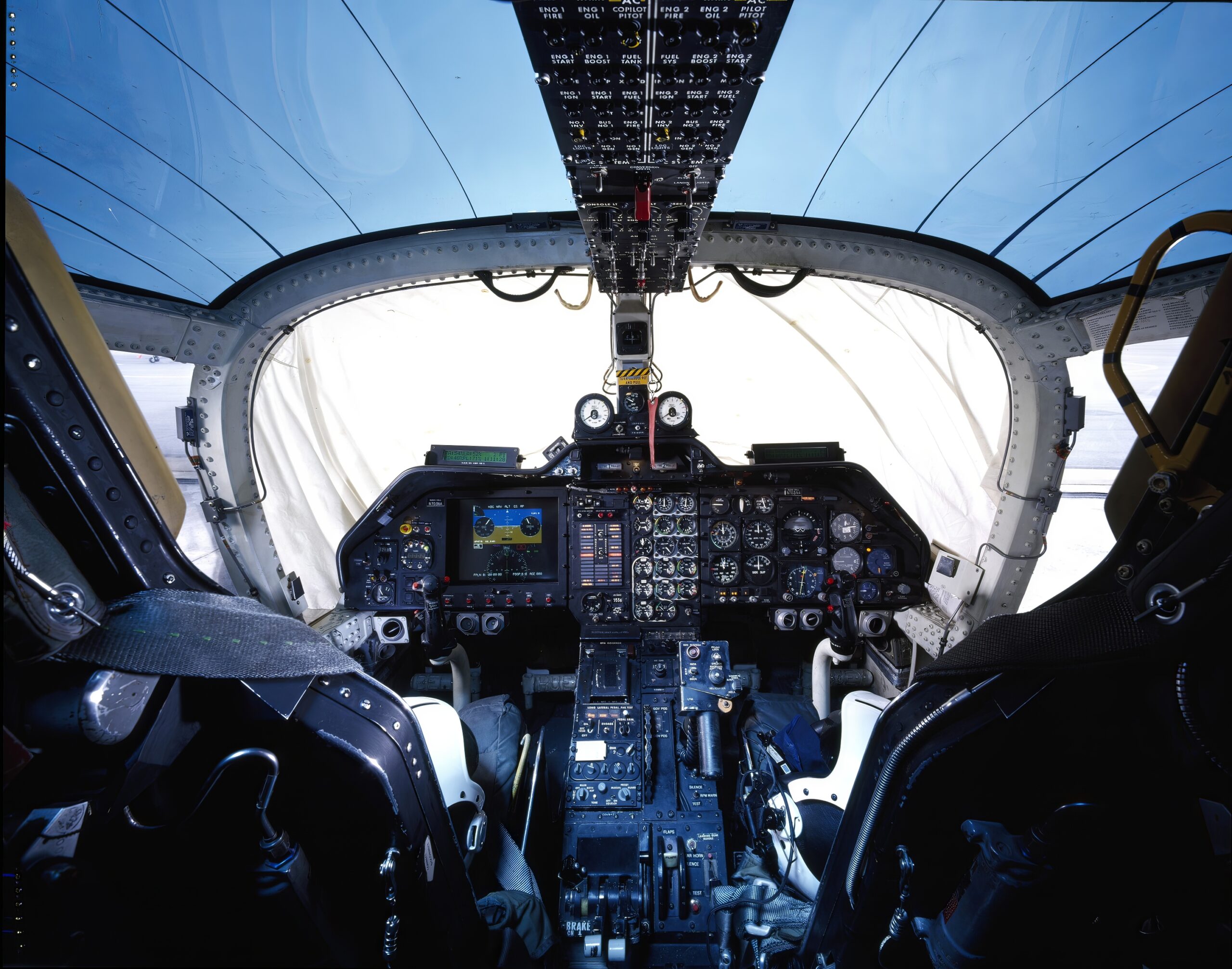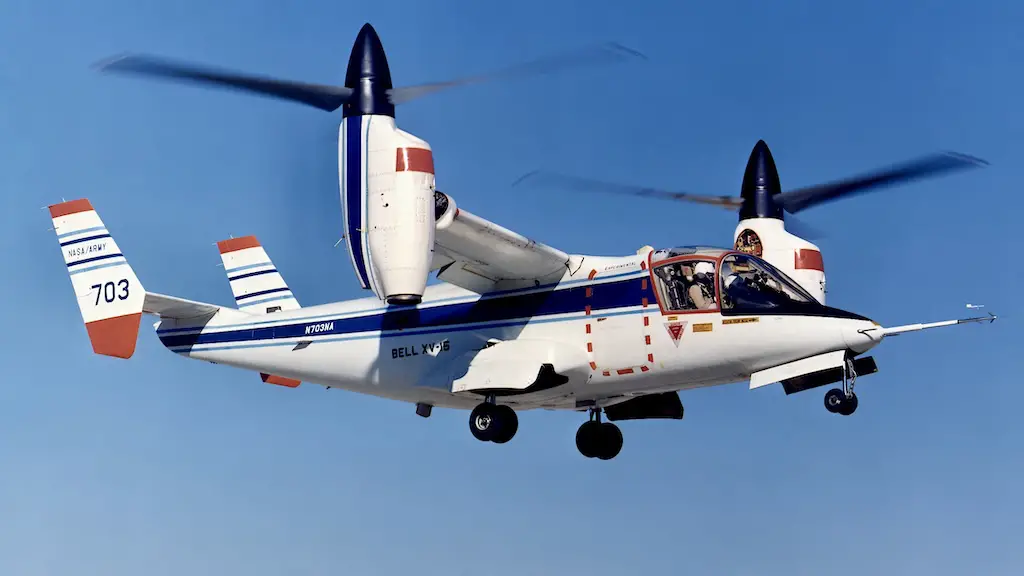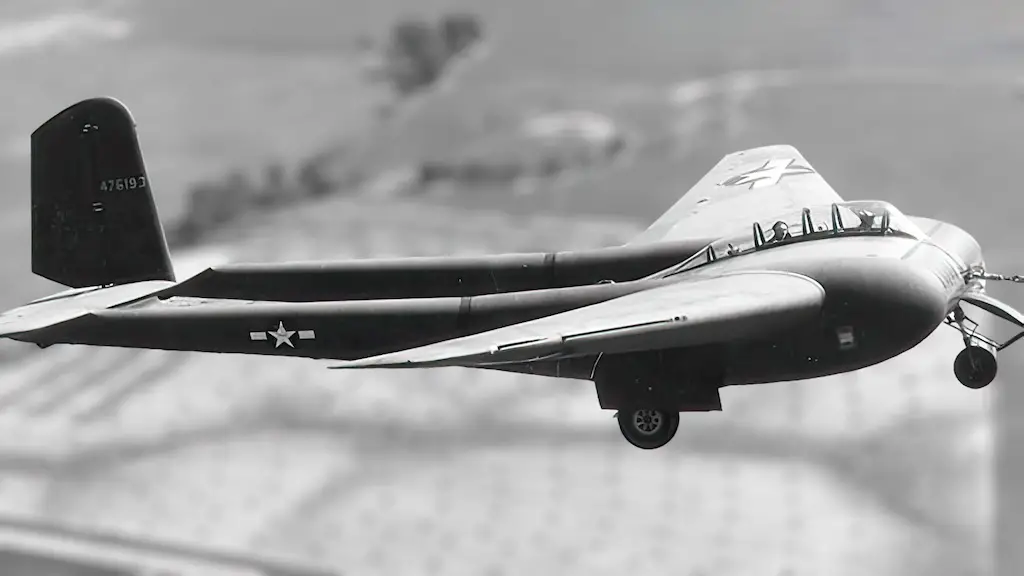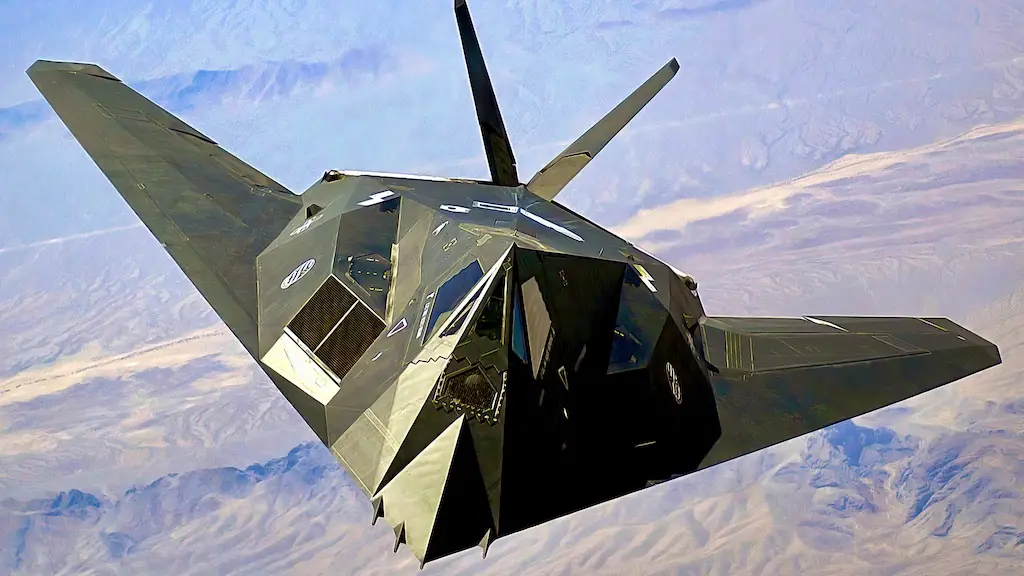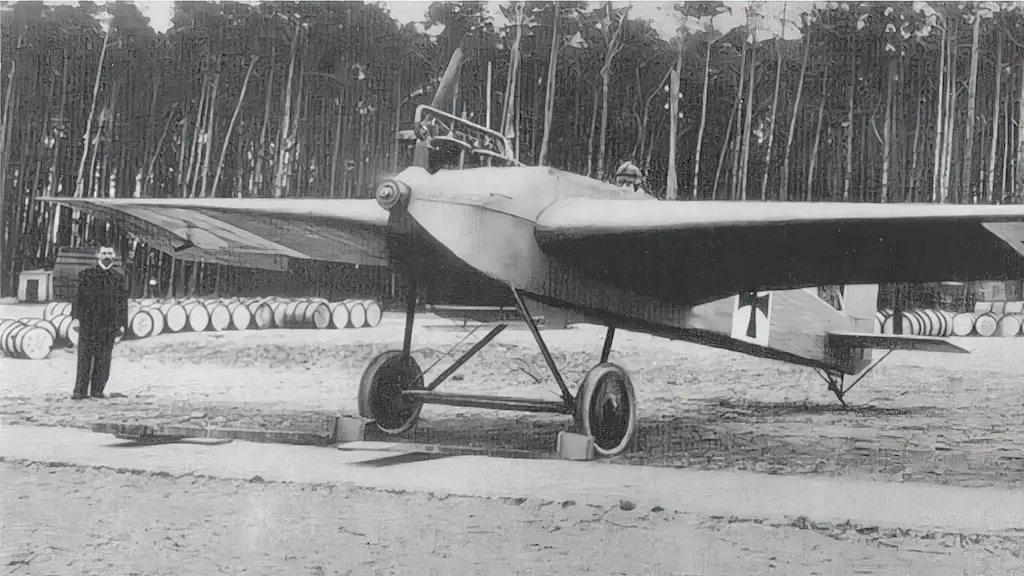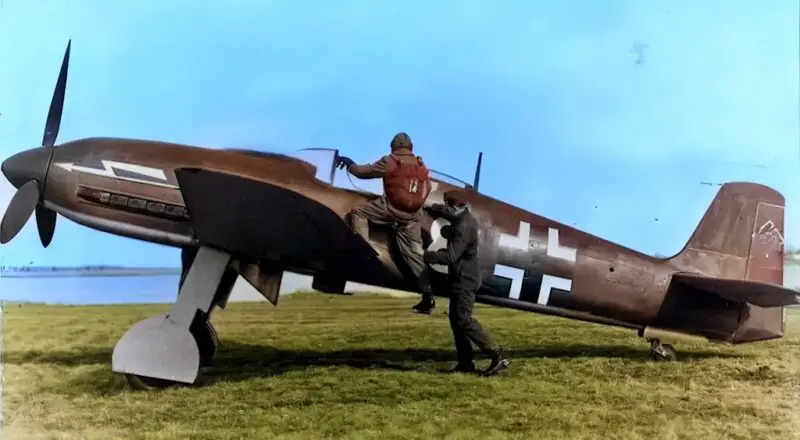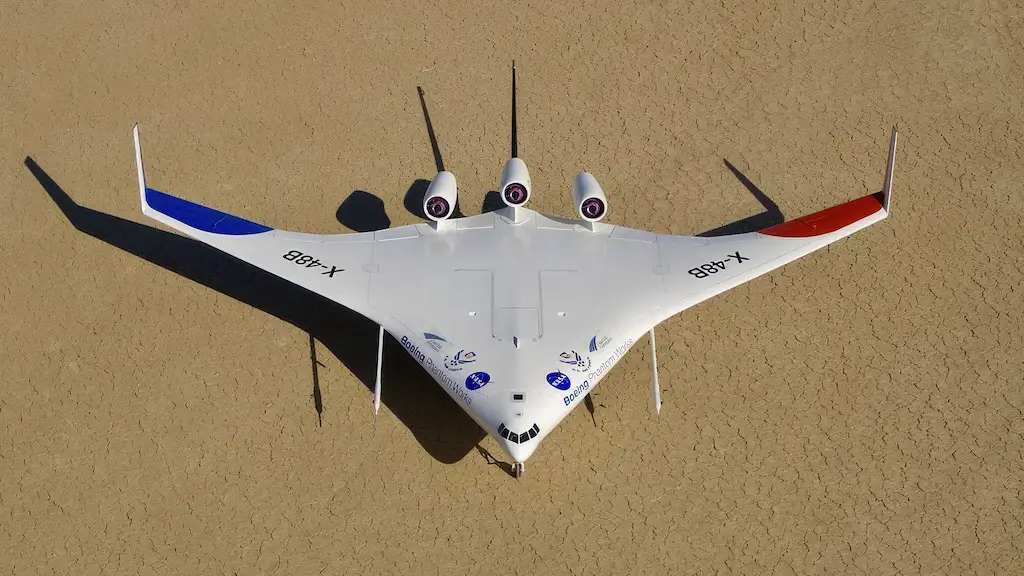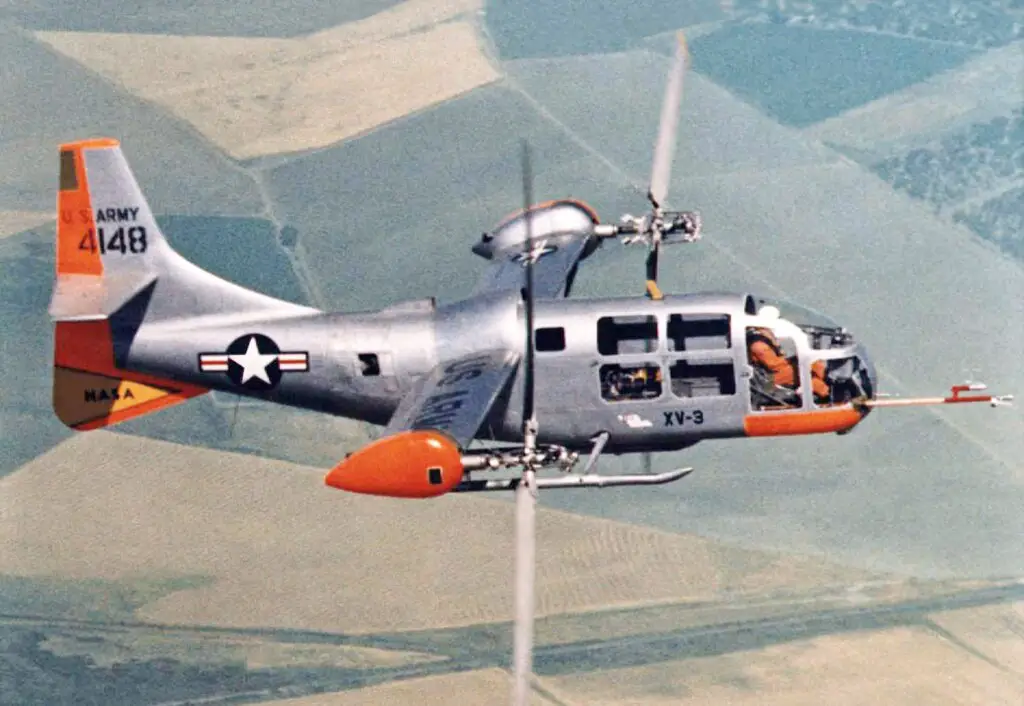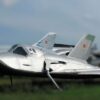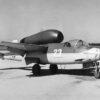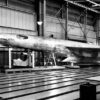A Leap into the Future
The Bell XV-15 carves a prestigious niche in aviation history as a pioneering force that merged the vertical lift capabilities of helicopters with the rapid forward flight of airplanes. This extraordinary aircraft resulted from initiatives begun in the 1950s to create a functional hybrid tilt-rotor aircraft. The XV-15 set itself apart by showcasing unparalleled high-speed performance, thus proving the viability of tilt-rotor technology.
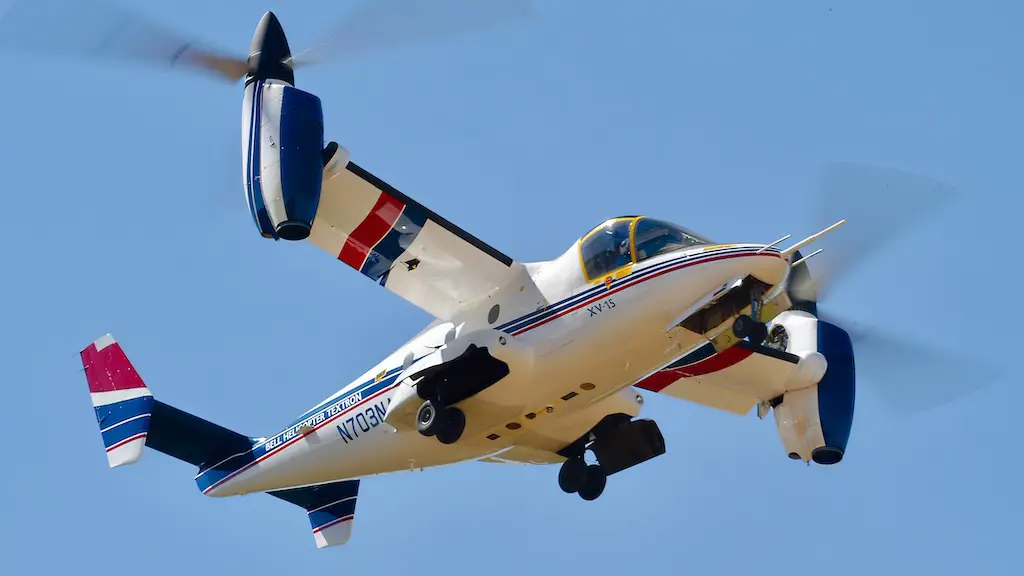
The concept of a vertical takeoff and landing (VTOL) aircraft, featuring helicopter-like rotors at its wingtips, first took shape in the 1930s. While England and Germany initially conceptualized such designs, it was the continuous efforts in the United States, starting with a visionary model in 1946, that laid the foundation for the future. The tilt-rotor concept aimed to radically transform aviation capabilities, offering significant reductions in fuel consumption for payload delivery over distances exceeding 185 kilometers and requiring minimal space for takeoff and landing, making it ideal for densely populated urban settings.
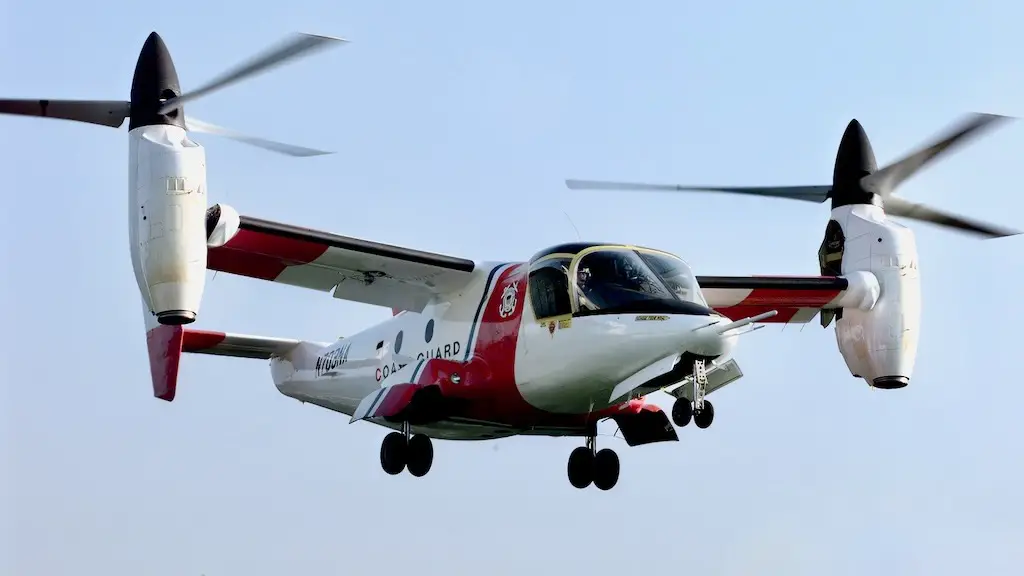
Overcoming Early Obstacles
The journey to the XV-15 encountered numerous challenges. The initial tilt-rotor prototypes, the Transcendental Models 1G and 2, embarked on the first steps toward realizing the tilt-rotor ambition, yet faced substantial hurdles, including a disastrous crash in 1955. These early endeavors highlighted the technological barriers, especially in weight distribution and power transmission throughout the aircraft’s framework.
Despite these initial setbacks, the dedication to the tilt-rotor concept remained unwavering. The Bell XV-3, which ascended in 1955, marked a significant breakthrough by achieving full conversion between helicopter and airplane modes. This success paved the way for further advancements, though it also revealed the technological constraints of the time, particularly concerning stability and engine efficacy during vertical takeoffs.
The Development of the XV-15
In the late 1960s and early 1970s, NASA and other research entities undertook efforts to resolve the stability problems that earlier designs had encountered. A critical moment arose when Bell Helicopter Textron and Boeing Vertol, driven by support from military and aerospace research agencies, pursued parallel development paths for the next generation of tilt-rotor aircraft. Bell’s Model 301 surpassed its competitors, addressing the issues that had impeded previous models. The design ingeniously located engines in rotating wingtip pods, directly connecting power to the rotors and obviating the need for unwieldy drive shafts.
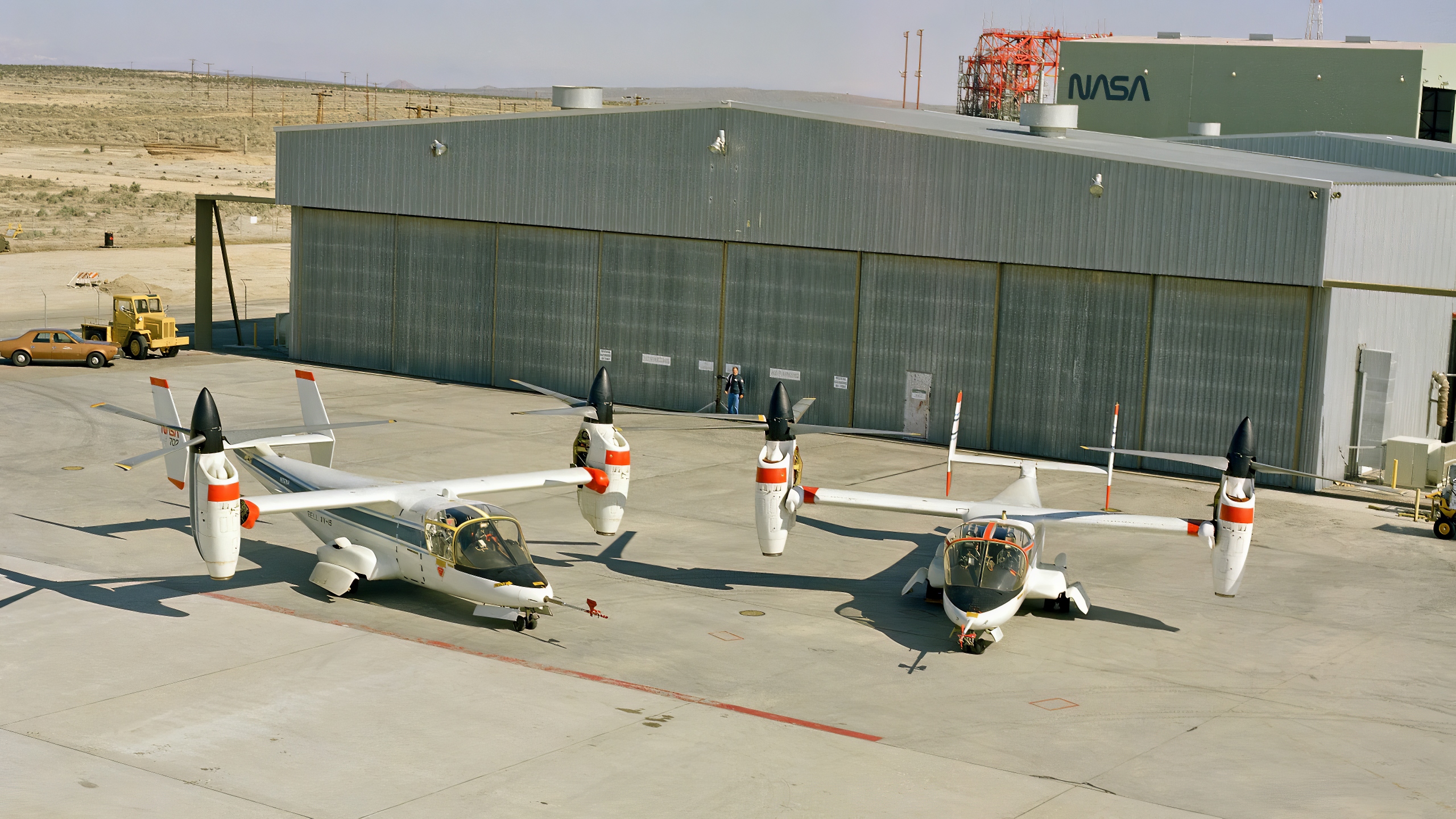
The XV-15 emerged from these developmental endeavors as a lighter, more nimble aircraft, powered by twin Lycoming T53 turboshaft engines. These engines drove large, three-bladed rotors that underwent extensive testing to confirm their reliability and efficacy. The design enabled a fluid transition from vertical lift to high-speed forward flight, overcoming the velocity limitations that had restricted traditional helicopters.

The XV-15’s Performance
The XV-15’s pioneering tilt-rotor mechanism allowed it to take off vertically like a helicopter and then shift to airplane mode for forward flight, reaching speeds beyond the reach of conventional helicopters. This ability to transition from hover to 160 knots in mere 13 seconds highlighted the aircraft’s unparalleled role in aviation technology, hinting at a future where aircraft could seamlessly integrate the best attributes of helicopters and airplanes.
This fusion of versatility and performance became evident through extensive testing and public demonstrations, notably at the Paris Air Show. There, the XV-15 not only mesmerized audiences with its agility and speed but also performed a bow to the crowd, a gesture that underscored its unique capabilities and solidified its position as a monumental achievement in aviation.
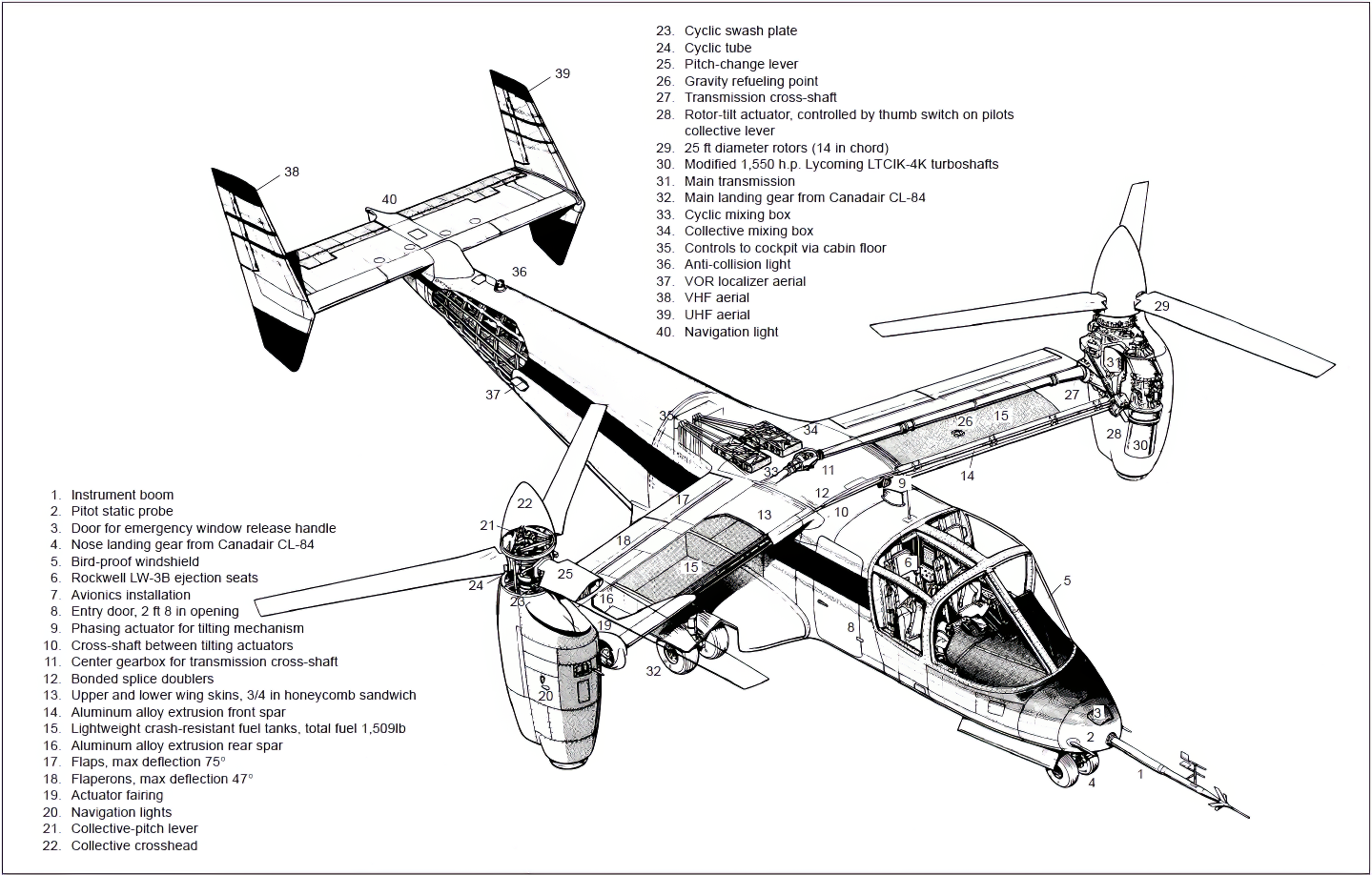
Piloting the XV-15
Despite the sophistication of such an advanced aircraft, pilots found the XV-15 remarkably straightforward to operate. Its intuitive control systems and stable flight characteristics enabled pilots of varied experiences, from fixed-wing to rotorcraft backgrounds, to pilot the aircraft with relative ease. This accessibility attests to the aircraft’s sophisticated design, which integrated complex engineering solutions to deliver a user-friendly flight experience.
